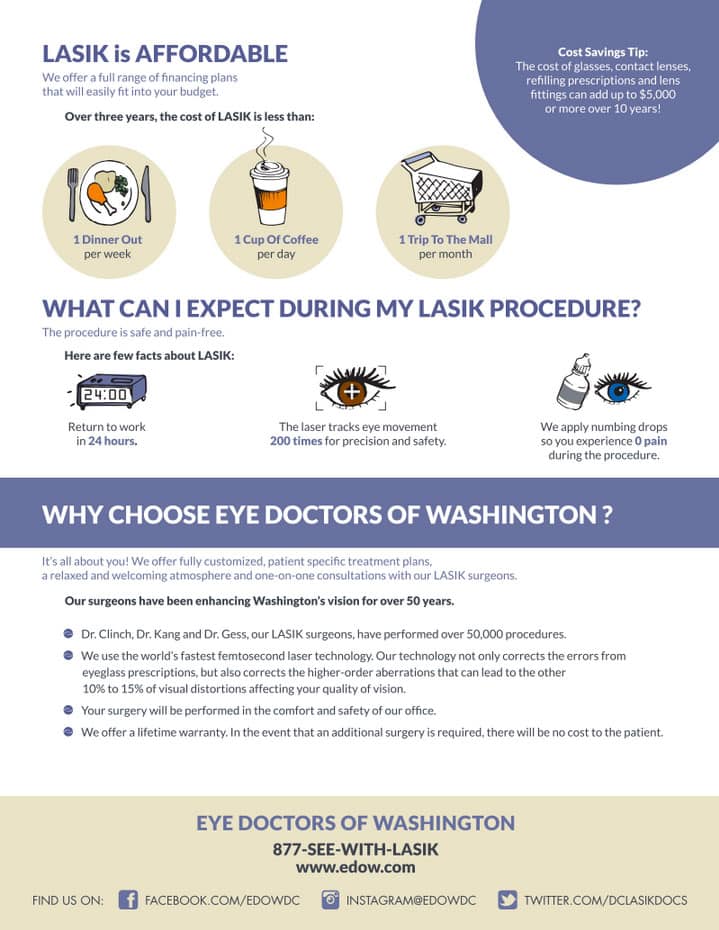The Clear-Cut FAQ On Refractive Lens Exchange: Trick Insights You Must Understand
The Clear-Cut FAQ On Refractive Lens Exchange: Trick Insights You Must Understand
Blog Article
Authored By-Miller Espinoza
If you're thinking about refractive lens exchange, you most likely have a great deal of concerns. This procedure can transform just how you see the world, using benefits like reduced reliance on glasses. Nonetheless, it's vital to recognize the procedure, threats, and that certifies as a great candidate. Allow's check out these essential elements so you can make an educated decision regarding whether RLE is right for you.
What Is Refractive Lens Exchange and How Does It Work?
Refractive lens exchange (RLE) is a surgical procedure designed to replace your eye's all-natural lens with a fabricated one, fixing vision issues like nearsightedness, farsightedness, or presbyopia.
During the treatment, your surgeon makes a little laceration in the eye, removes your all-natural lens, and inserts an intraocular lens (IOL) customized to your vision requires. This outpatient surgical procedure commonly takes about 15 to 30 minutes per eye and is done under local anesthesia.
You'll likely observe renovations in your vision nearly instantly, though complete recovery may take a few weeks. RLE is specifically advantageous for those over 40 or with high prescriptions, providing a lasting solution contrasted to glasses or get in touch with lenses.
Your eye care professional can help figure out if RLE is right for you.
What Are the Advantages and Dangers of Refractive Lens Exchange?
Selecting refractive lens exchange can lead to significant improvements in your vision, but it is necessary to consider both the benefits and dangers before making a decision.
On the bonus side, this treatment can improve your sight by fixing problems like presbyopia, myopia, and hyperopia. Lots of people appreciate reduced dependence on glasses or contact lenses, which can considerably improve their lifestyle.
Nevertheless, it's important to consider possible risks. Complications can include infection, glow, or halos around lights.
There's additionally an opportunity of overcorrection or undercorrection, which may need added procedures.
Who Is a Suitable Prospect for Refractive Lens Exchange?
If you're taking into consideration refractive lens exchange, it's important to know whether you fit the account of a suitable prospect. Typically, https://www.optometrytimes.com/view/epi-cross-linking-may-speed-visual-recovery may be a great candidate if you're over 40, experience presbyopia, or have high levels of nearsightedness or farsightedness.
It's additionally crucial that your vision is secure, indicating your prescription hasn't changed substantially in the past year. If you have cataracts or other eye problems, you might take advantage of this procedure too.
Nevertheless, particular elements, like uncontrolled diabetes or autoimmune conditions, might disqualify you. To determine your candidacy, speak with an eye care expert that can review your particular situation and advise the best strategy customized to your needs.
Conclusion
To conclude, refractive lens exchange can be a transformative option for boosting your vision, particularly if you're over 40 or have a high prescription. While the advantages are considerable, it's critical to weigh the risks and talk to your eye care specialist to figure out if you're a perfect prospect. With the right information and guidance, you can make a notified choice and potentially appreciate a life with reduced reliance on glasses.
